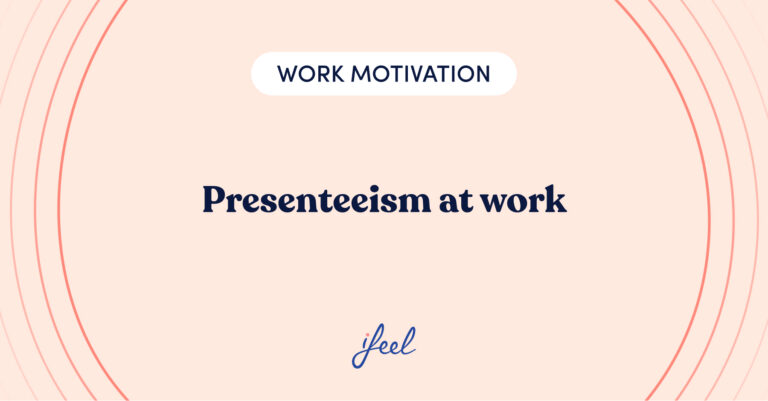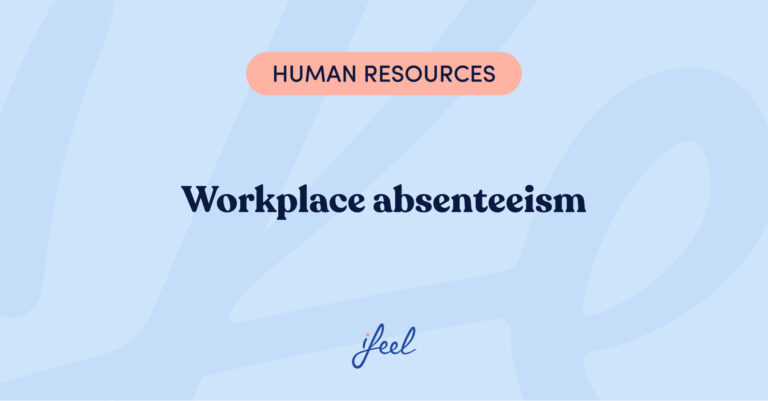We usually have a narrow understanding of the steps in a recruitment process. So, the hiring of new employees in a company is limited, first, to the review of different profiles, then the conducting of job interviews, and, finally, the selection of one or more candidates for a specific position.
This view is entirely correct. However, to carry out efficient steps in a recruitment process we need to have a broader perspective. This way, our process of search, evaluation, and incorporation of recruits to the company will not be limited to the traditional vision of resume-interview-contract.
To do this, we are going to review the 8 stages that make up a serious, complex, and rigorous process of recruiting new team members.
8 Steps in a recruitment process
1. Needs assessment
The recruitment of a new team member begins with a need within the company. This is the first of many stages in a recruitment process.
No employee is in their position without fulfilling a business need the company previously detected. What do we mean by a business need? A need is the existence of a series of tasks that are not covered or not optimally covered by the current workers. Therefore, to satisfy it efficiently, it is not enough to reorganize the current team, but the recruitment of someone new is necessary.
This would therefore be one of the first steps in a recruitment process.

2. Resource exploration
It’s not enough that someone is needed to be hired for a position: it must also be possible.
Before starting the actual selection process, HR managers need to know what resources are available to make the addition of a new team member financially (the company can pay them) and physically feasible (there is literally a position for this person, both in the office and if they are going to work remotely).
3. Profile definition
Once it is clear we need someone and that we have physical and financial resources to hire them, the third stage of the selection process consists of defining the professional and personal profile we are looking for.
We probably already have a slight idea of the type of person we want to hire, but it is important to define and specify it as much as possible. This means that we have to know what characteristics they must fulfill at a professional and personal level, what tasks we plan to assign to them and what working conditions (including the emotional salary) we can offer.
That is to say, within the steps in a recruitment process we have to be clear about what we need from that person and what we will give them in return.
4. Recruitment strategy
Once we have established the profile we need, we start the most practical part of the selection process: the recruitment itself.
This phase consists of several steps, but we are not discovering anything new if we tell you they are: job offer launch (internal, external, or both), basic recruitment techniques (exercises, interviews, questionnaires), and the final selection of the right candidate.
5. Candidate onboarding
This could be considered the highlight of the steps in a recruitment process. When we decide on the candidate, the first thing to do is to communicate it to them, start the paperwork, and, welcome them, this is known as the onboarding process.
Therefore, the “first day” is the time to welcome them, formalize any pending documents, accompany them while they settle into their job (or while they log on to the internal communication platforms if they are going to work from home), and gradually introduce them to the rest of the team so that they begin to settle in without distorting the team’s cohesion.
6. Training process
Unless we are talking about very high profiles, every employee goes through what is commonly known as a “probation period”, characterized by a special type of contract (i.e. provisional) and by a high level of external supervision.
Within the steps in a recruitment process, the aim of this period is to check whether the promises perceived during the recruitment phase are fulfilled. Ideally, as the employee progresses in their skills acquisition, they should gradually gain autonomy.
Perhaps you know from your own experience that the term “probation period” is not very welcoming or inclusive. It certainly doesn’t particularly boost the employee’s motivation either: it gives the impression that it threatens them.
OK, we are testing them, but we can do it more kindly: let’s call their initial period in the company a “training process”.

7. Training process’ final evaluation
Even if the company provides continuous training spaces for its employees, the initial training required for the addition of a new member must have a specific end in time.
Together with the person in charge of supervising or mentoring them, the employee’s performance during their first days, weeks, or months (depending on the company) will be evaluated. A decision will then be made as to whether they will continue to work in the company or whether their contract will be discontinued because they have not reached the expected standards or because of an unforeseen change in the company’s needs and resources.
8. Autonomous period
This brings us to the final point in the steps of a recruitment process. If the first performance evaluation is successful and there are no other drawbacks, the employee is considered to have passed their probation period.
This means that they will have the minimum training to continue working in their position and, from this point on, we can modify the level of direct supervision by increasing their level of independence.
This completes the recruitment of the new employee, which began some time ago when the company’s needs were detected and the available resources were explored.
That’s the theory so far. Difficulties can arise later for many reasons when going through these steps in a recruitment process. If you are the person in charge of coordinating this process in your company and you need help, you should get professional advice.
Emotional well-being program for companies
At ifeel, we are experts in well-being at work, and that is why we strive to help companies take better care of the people who make their mission possible.
To accompany them in achieving this, our team of psychologists has created an emotional well-being program for companies, which can help you improve the skills required to work on issues such as stress among frontline workers.
Visit our Resources section to find podcasts, HR Guides, or Interviews with top HR managers. In addition, you can access a Psychosocial Risk Factors Template, which will help you comply with the requirements of the Labor Inspection.
With our emotional well-being program, your company’s HR managers can receive personalized, data-driven advice on improving the psychological well-being of their teams. In addition, this program offers employees a 360º mental health care service structured at different levels according to their needs. Try our program today to see how it could help you.
We hope you found this post on the steps in a recruitment process interesting. Contact us to learn more about how our emotional well-being program for companies works. Get in touch, and we will get back to you as soon as possible.










